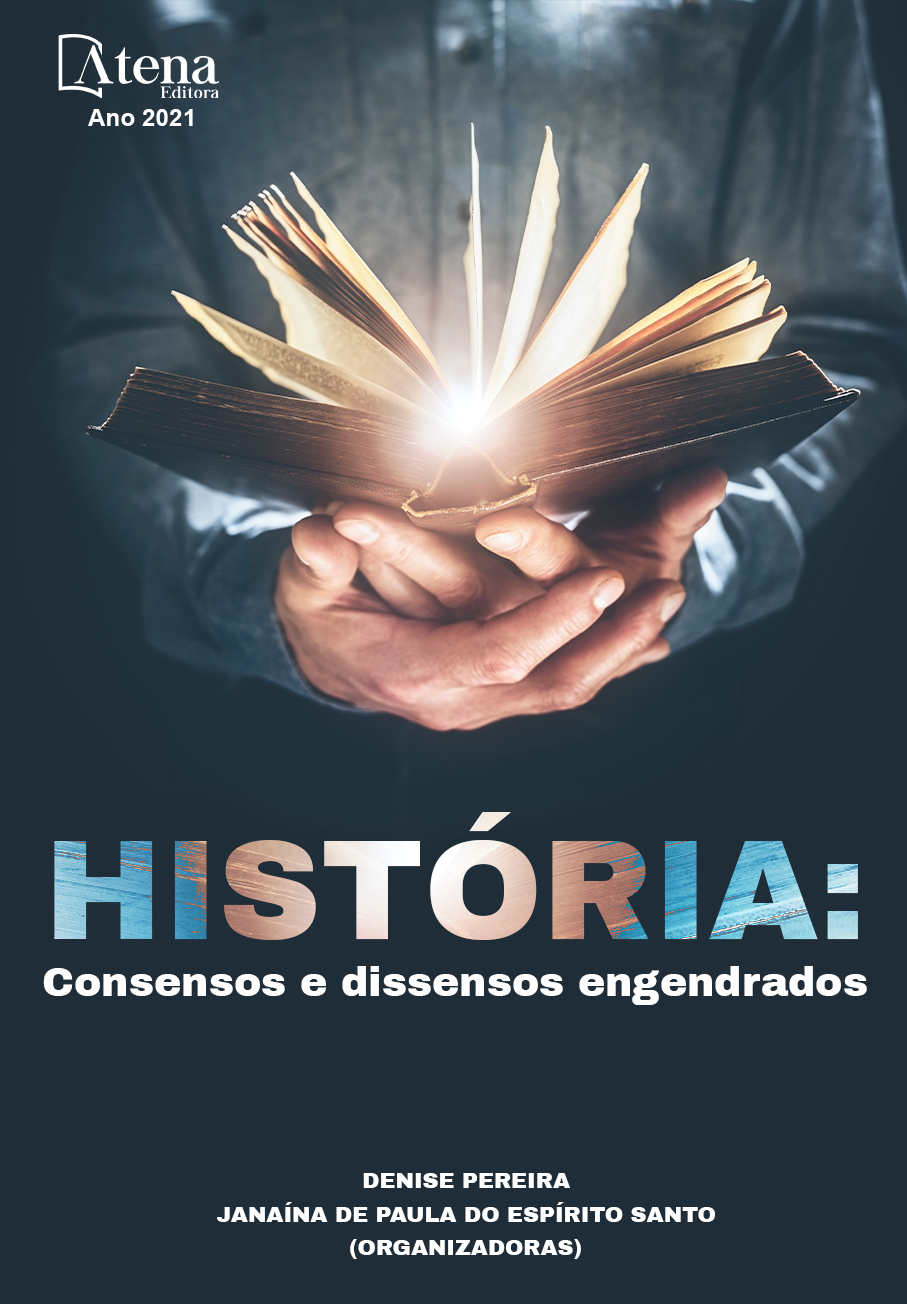
A POSSIBILIDADE DE LEITURA DO RELATO DE VIAGEM SOB A ÓTICA DO LUGAR DE MEMÓRIA.
Os estudos contemporâneos da História se veem cercados cada vez mais por novos métodos e abordagens em fontes históricas já familiares. Pensando nisso o objetivo deste trabalho é buscar uma correlação entre as fontes “relatos de viagens” e o conceito “lugar de memória”, visando demonstrar que o relato de viagem pode se valer um método de análise que propicie a ele o encanto de um “lugar de memória”. Para tal, se partirá dos escritos metodológicos de Alburquerque García(2011), Paula Cristina Ribeiro da Rocha Cunha(2012) e do apoio conceitual de Michel Pollak(1989), Ioshikuni Igarashi(2011), Yi-Fu Tuan(1974) e Pierre Nora(1993). De modo sucinto, busca-se elencar as características gerais de um “relato de viagem”, evidenciar as abordagens técnicas necessárias para analise deste tipo de fonte, como autor da fonte pode ser interpretado com os conceitos “topofílicos” ou “topofóbicos” de Tuan(1974) na medida em que se desloca de seu ambiente de conforto rumo ao “outro”. Paralelamente se demonstrara como os relatos podem ser vistos como narrativas deliberadamente criadas que visam serem lidas por um terceiro que reproduz mentalmente o proposto pelo autor, se tornando assim uma fonte de uma memória – muitas vezes distante – para o leitor que na grande maioria das vezes tem os relatos como o único meio de conhecimento sobre determinado meio.
A POSSIBILIDADE DE LEITURA DO RELATO DE VIAGEM SOB A ÓTICA DO LUGAR DE MEMÓRIA.
-
DOI: 10.22533/at.ed.3162128063
-
Palavras-chave: Lugar de memória; Relatos de Viagens; Memory
-
Keywords: Place of memory; Travel Journals; Memory
-
Abstract:
The contemporary studies on the History field becomes more and more surrounded by new methods and approaches on already familiar objects. The objective of this paper is to search for a correlation between the “travel journal’s” and the concept of “Place of memory”, aiming to show that the journal could be analyzed from the memory perspective. Thus this works will range from the methodological works of Albuquerque Garcia(2010), Paula Cristina Ribeiro da Rocha Cunha(2012) and the concepts from Michael Pollak(1989), Yoshikuni Igarashi(2011), Yi-Fu Tuan(1974) and Pierre Nora(1993). Succinctly seeking to list the general characteristics of a “travel journal”, highlighting the technical approach needed to analyze this type of source, and how the author of the journal could be interpreted with the “topophilics” or “topophobics” concepts of Tuan (1974) when he moves to unknown lands towards the “other”. At the same time demonstrating how the journals could be interpreted as a deliberated creation of its author who writes for a third party – many times far apart on time – making the journal a memory itself of a time only know from these kinds of sources.
-
Número de páginas: 10
- Douglas Pastrello


